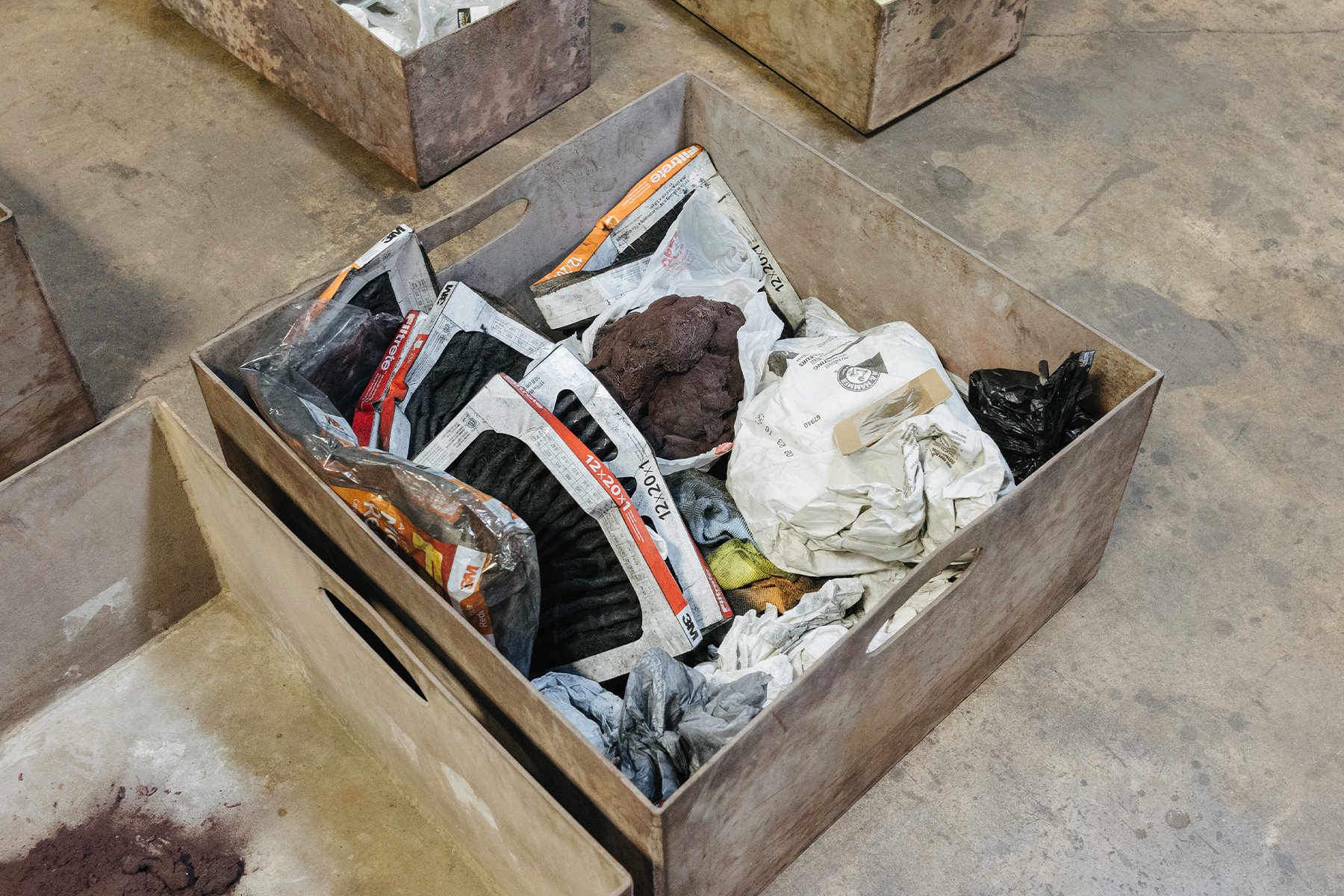Gold Recycling, Sweeps, and Burnables – Improving Your Bottom Line
Gold recovery is a crucial part of any jeweler's business model, often helping boost profits by recycling and refining gold from various sources. Utilizing efficient recovery methods not only reduces waste but also offers economic benefits by extracting value from what would otherwise be lost. This article outlines several tips and methods jewelers can employ to maximize their gold recovery returns.
A Guide to Silver-Oxide Watch Batteries and Recycling
Silver-oxide watch batteries, sometimes called button or coin cells due to their compact, flat shape, are small batteries primarily used in wristwatches and other miniature devices such as hearing aids and calculators. Their popularity stems from their excellent stability, high energy density, and long shelf-life. These batteries work based on a chemical reaction between silver oxide (Ag2O) and zinc (Zn). Silver oxide serves as the cathode (positive electrode), zinc as the anode (negative electrode), and an alkaline solution (often sodium or potassium hydroxide) as the electrolyte. When the battery discharges, the zinc is oxidized, and the silver oxide is reduced to silver, producing an electric current.
Sterling Silver Flatware and Holloware: The Recycler’s Guide
Sterling silver flatware and holloware refer to utensils and vessels, respectively, made primarily from sterling silver. Flatware encompasses silverware such as forks, spoons, and knives used for serving and eating meals, while holloware includes items like bowls, pitchers, teapots, and candlesticks.




